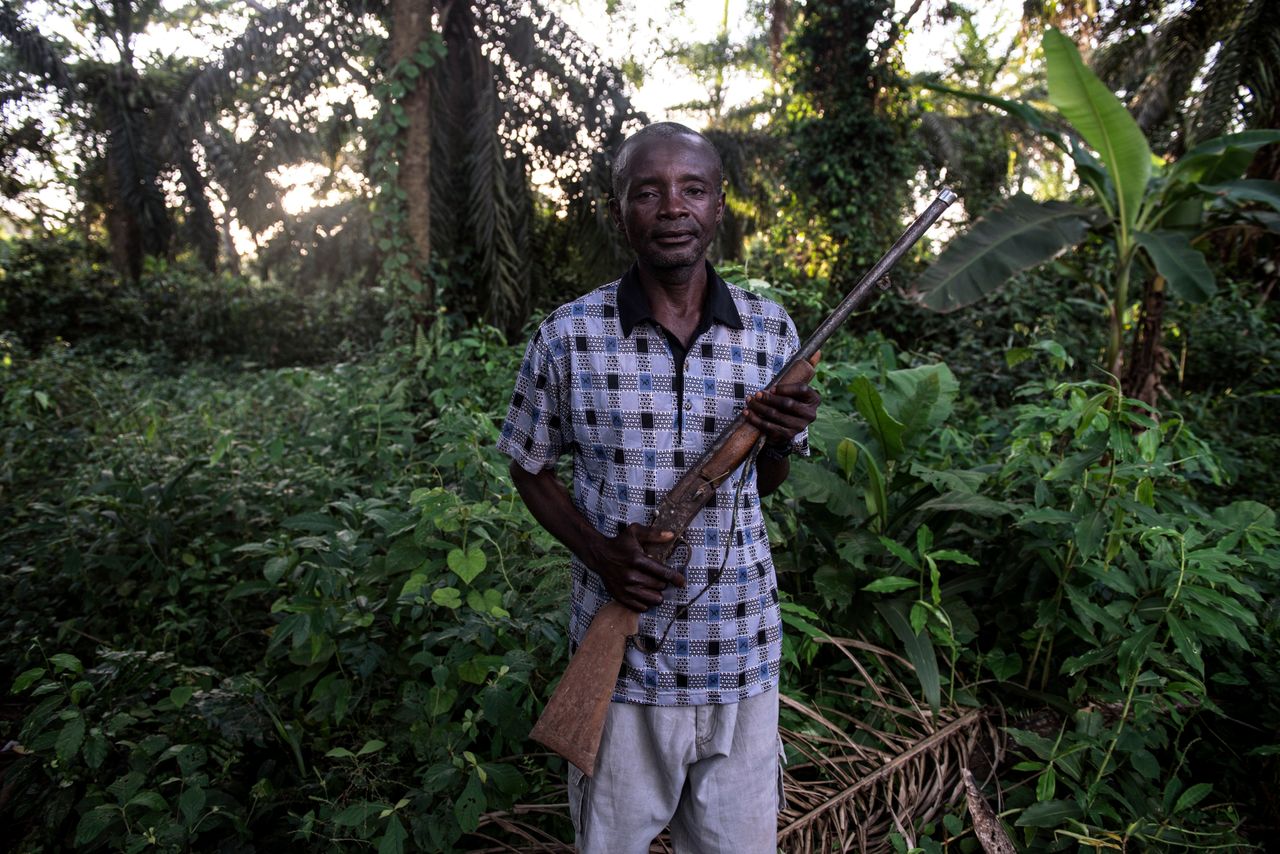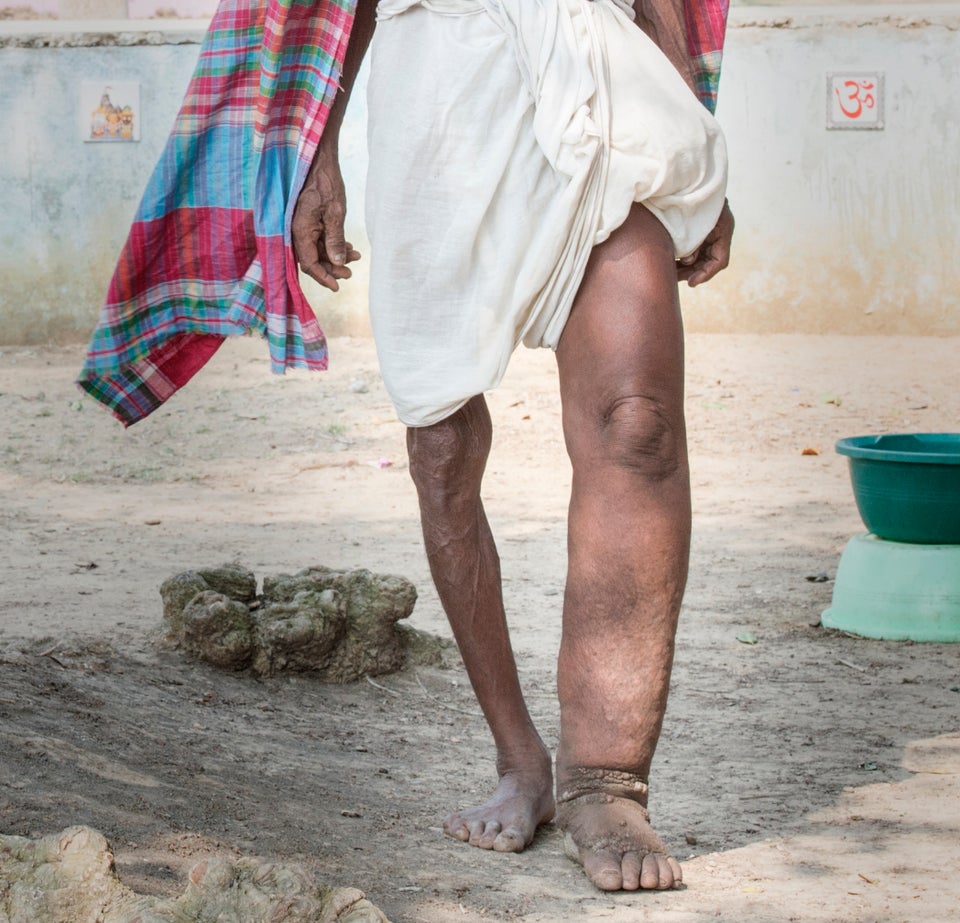SALAMBONGO, Democratic Republic of Congo ― Before the worms started crawling across his eyes, Jean-Marie Pongomoke would rise at 5 a.m. to track antelope in the bush, and in the evenings he would treat his kills, fix his monkey traps and polish his gun.
But 10 years ago, Pongomoke started struggling to see in half-light and feeling pain in full sunlight. He had flares of itchiness throughout his body and an odd wriggling around his eyes. Tears rolled down his face if he tried to read more than a few pages at a time. It would take years, and an excruciating pain in one eye, before he found out what was wrong.
“I asked people what was in my eye and they told me a worm was walking across it,” said Pongomoke.
The horror they glimpsed is a parasitic disease known as Loiasis, or African eye worm. Caused by the Loa loa worm, it is highly endemic in certain rainforest areas across 10 countries in Central and West Africa. It affects at least 10 million people, and an estimated 29 million are at risk of contracting it. The disease is not well understood, though its first recorded sightings were in the 1770s by French surgeons working in the Caribbean and on ships carrying West African slaves to America.
Though terrifying to look at, eye worm is generally not believed to cause permanent vision loss or other severe long-term conditions. Yet there is so much misinformation and confusion about the disease that people are often at a loss for what to do when they realize they have it.
After Pongomoke discovered his infection, he wanted the worm out of his eye immediately ― by any means necessary.
“I looked for someone to remove it from my eye with a needle,” he said.
Deer flies, or mango flies, spread the disease, biting infected people and passing the worm’s larvae to new hosts. The noodle-like worms can grow up to almost 3 inches long within three years of living inside the human body, where they can thrive for around 17 years.
The worms breed so rapidly that patients can feel swellings or rashes from the baby worms, called microfiliarae. In extreme cases, patients have been found to have 200,000-300,000 microfiliarae per milliliter of blood. In some cases, infected people feel nothing until mature worms begin crossing the surface of the eyes ― an agonizing process that can take minutes or days.

In the United States, people who contract the disease abroad can have eye worms removed with surgery or blood filtering; there is also a drug treatment available to kill adult and baby worms. For people in remote African jungles, however, there are no drugs that can kill off adult worms, and no health programs exist to manage the disease.
Eventually the infection may clear up on its own, but it takes years for all the worms to die off naturally, and the victim could get reinfected by a new fly bite in the meantime.
This means that Pongomoke, who lives in a village called Salambongo deep in the Congolese bush and hours from proper health care, had no way to slay the creatures inside him.
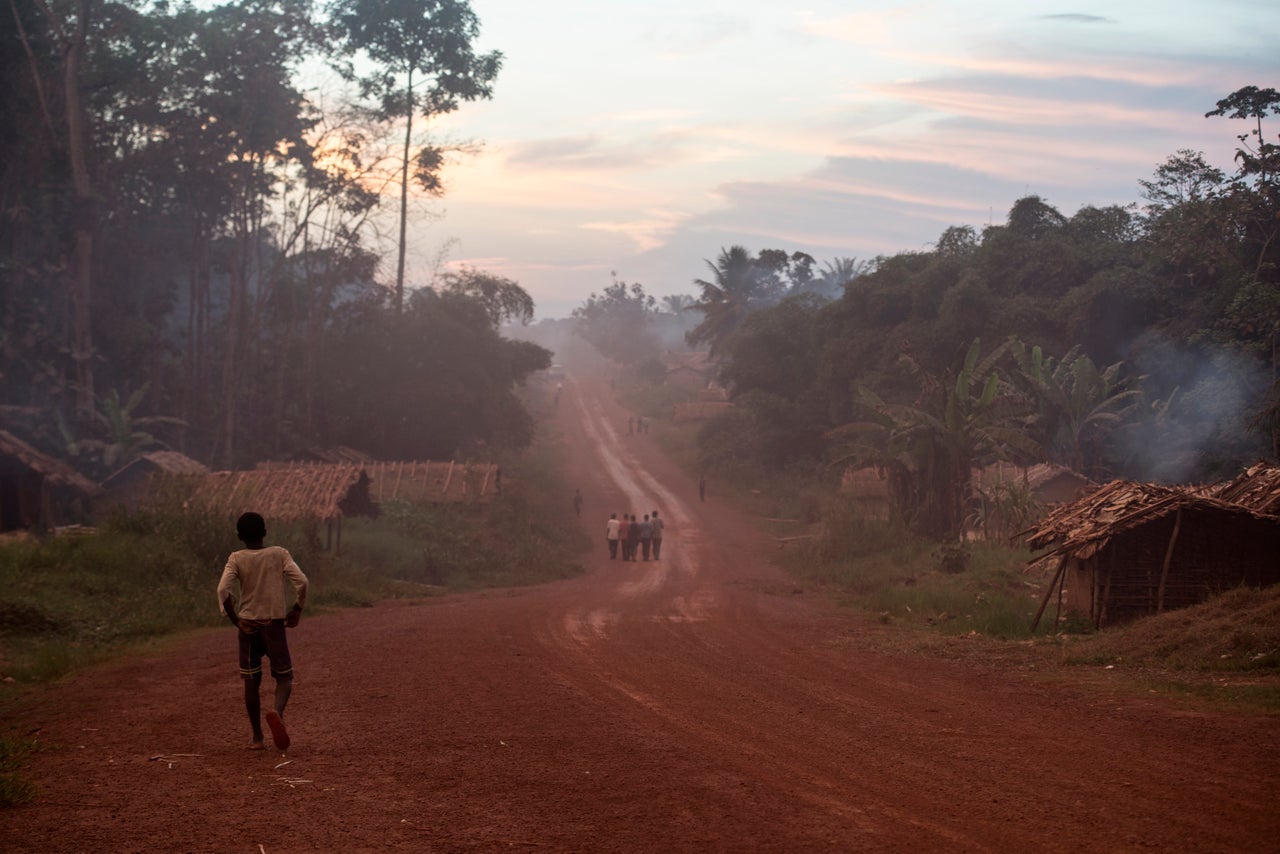
After some unsuccessful attempts at makeshift surgery, Pongomoke turned to what he knew for help: the bush.
“I used traditional medicine, from the forest,” he said.
He would gather bitter leaves and squeeze the juice from them into his eyes. It would temporarily relieve the pain, but it wouldn’t chase the invaders off his retinas.
“I don’t know enough about the worms,” Pongomoke admitted.
And he’s not alone.
This disease is so far off the radar of the global medical community that it’s not even included on the World Health Organization’s list of neglected tropical diseases, a diverse group of infections that affect some of the most impoverished communities in the developing world.
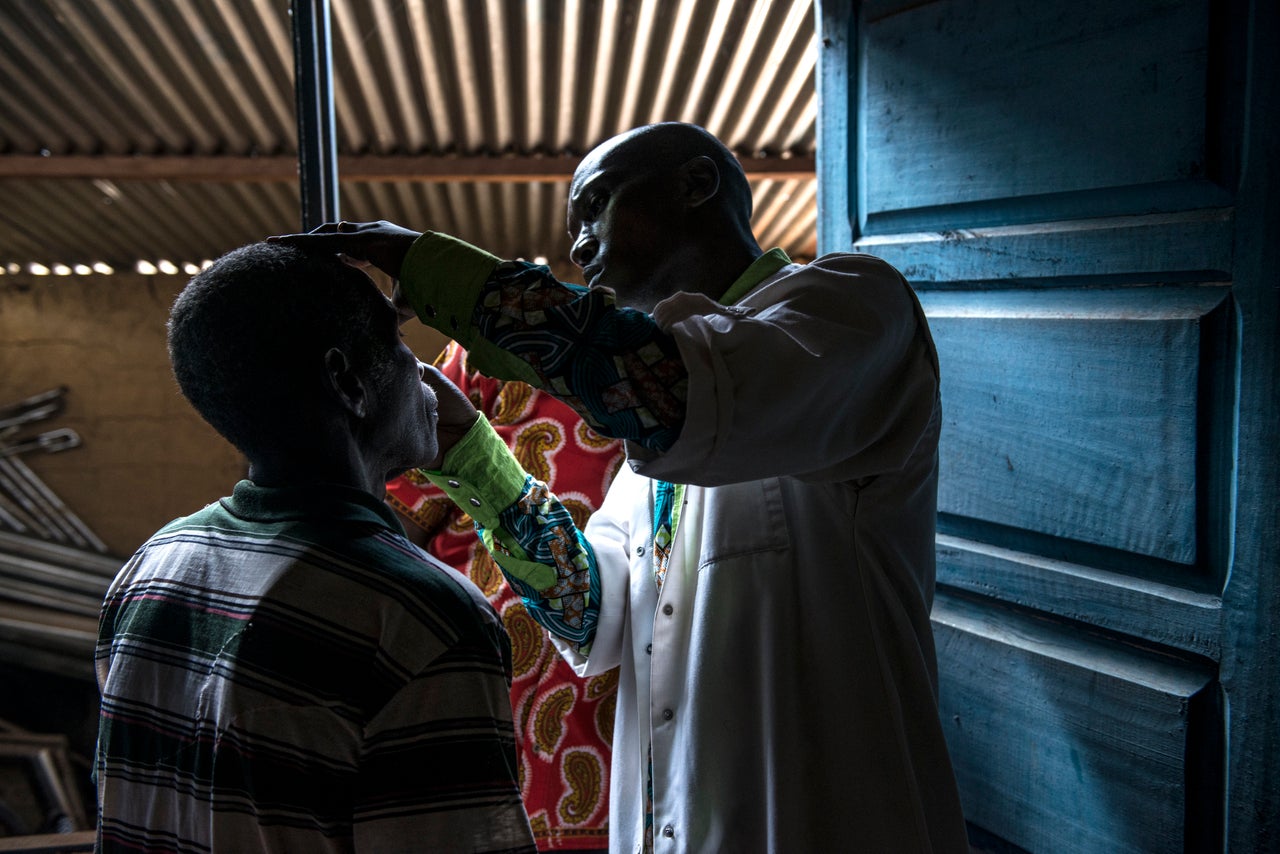
A group of French researchers last year began calling for more attention and funding for eye worm, after carrying out a study that found significantly higher mortality rates than expected among some 3,000 patients in Cameroon tested over a 15-year period for worm levels. The researchers posit that the disease could be more harmful over long periods of time than previously thought, but more work is needed to say for sure.
“There’s really a clear lack of research on all levels,” said Cédric Chesnais, the study’s lead author. “While the local populations of Central Africa are very familiar with this parasitic infection, there is a grand ignorance of Loa loa on the part of doctors, researchers and public health personnel.”
Eye worm has also thrown a wrench into the mass treatment effort aimed at river blindness, another disease caused by worms that can result in permanent loss of sight.
There is a small chance that the medication for river blindness ― a drug called ivermectin, which has been given to millions around the world ― could cause brain damage, coma or death for certain people infected with eye worm. The reasons why are complicated, and the risk has struck a deep chord of fear among people like Pongomoke who live in an area where both diseases are endemic.
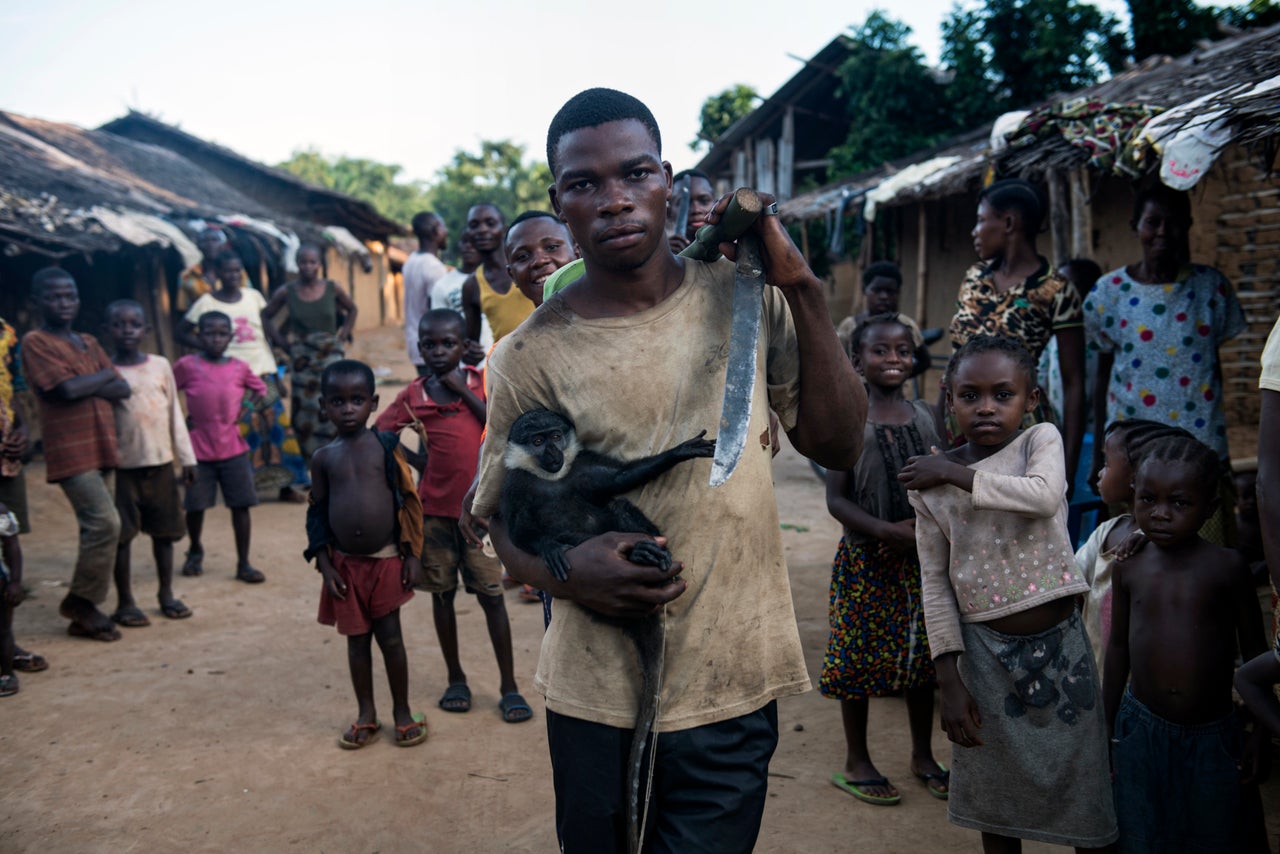
The residents of Salambongo remember that when ivermectin was first given out in 2003, some people dropped dead.
Even today, people who show no sign of eye worm but have the symptoms of river blindness refuse to take the pills handed out for free by health workers each year to wipe out river blindness.
Improved diagnosis of eye worm might help curb this problem. If it were easier for people to find out whether they’re infected with Loa loa worms, it might be easier to convince them that it’s safe to take ivermectin, or so the logic goes.
One such tool might be the new app Cellscope Loa. Developed at the University of California in Berkeley, the app can turn a mobile phone camera into a microscope capable of identifying Loa loa.
For now, though, there is little help for Pongomoke and others in his area who have eye worm. All they can do is wait for the worms in their body to die off ― and hope that they don’t get reinfected by a new fly bite.
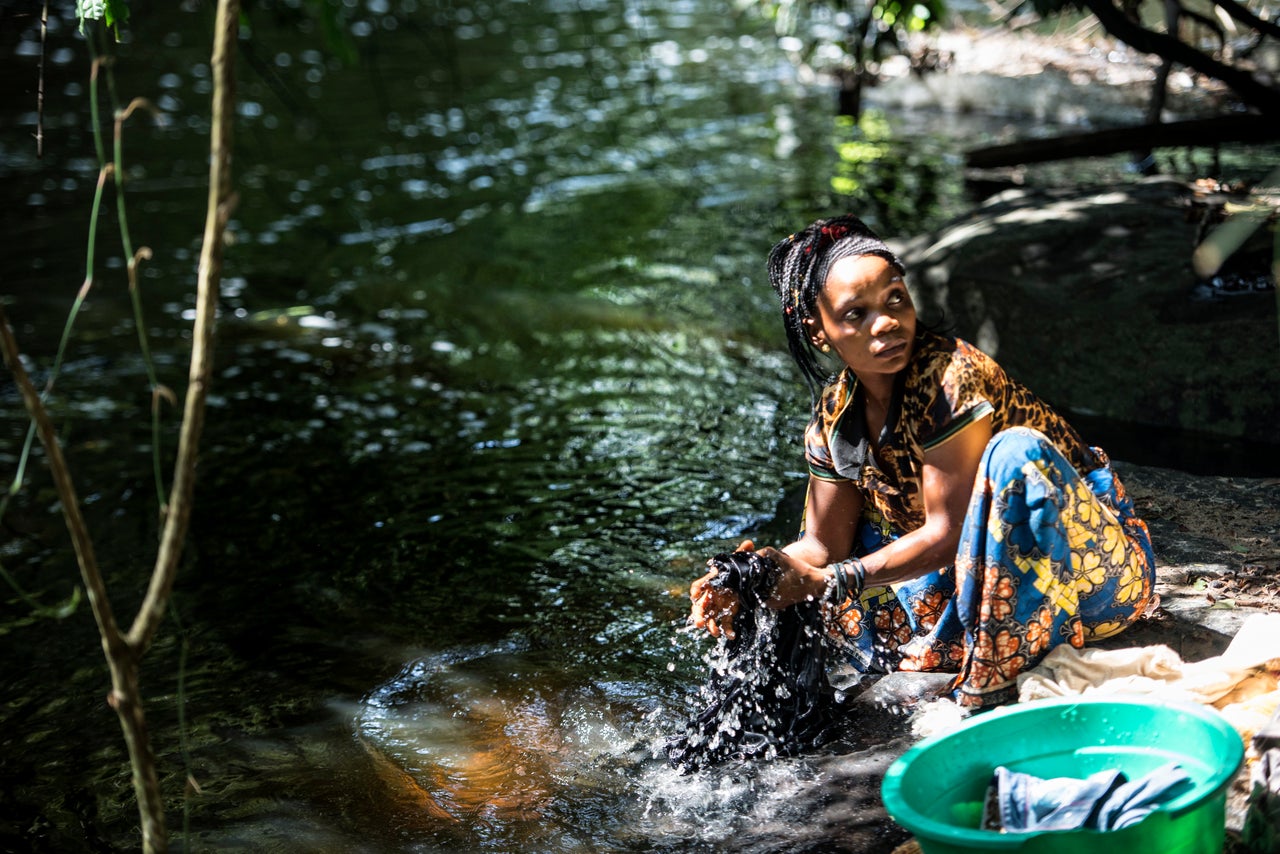
This series is supported, in part, by funding from the Bill & Melinda Gates Foundation. All content is editorially independent, with no influence or input from the foundation.
If you’d like to contribute a post to the series, send an email to ProjectZero@huffingtonpost.com. And follow the conversation on social media by using the hashtag #ProjectZero.
